One of the biggest automotive industry changes is the emergence of electric vehicles (EVs). Charging infrastructure is crucial as manufacturers strive for sustainability and customers choose greener options. The fast growth of charging technologies is changing user experiences and EV design and strategy. Let’s examine how charging tech will shape electric mobility.
1. The Evolution of EV Charging: From Slow to Fast
Slow and clunky chargers initially slowed EV adoption. Electric car customers were apprehensive of their practicality because recharging may take hours. Over the past decade, charging technology has improved, making systems quicker and more efficient.
Superchargers can add 200 miles of range in under 30 minutes with up to 350 kW of power. Ultra-fast charging and ubiquitous availability have made electric car driving easier, solving range anxiety.
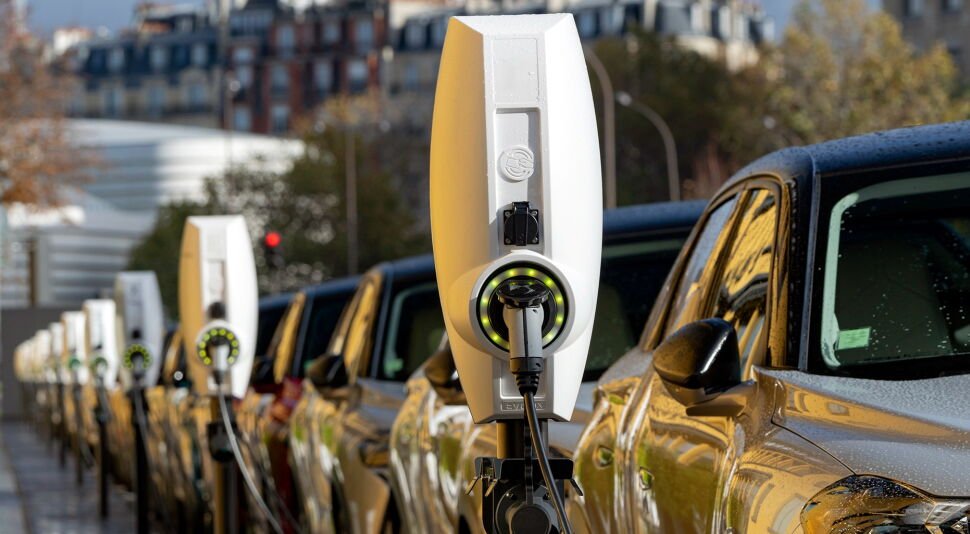
2. Expanding Charging Networks: Bridging the Gap
The growth of charging networks is crucial for the widespread adoption of EVs. With the proliferation of charging stations across urban, suburban, and even rural areas, accessibility to power is no longer a significant barrier for most drivers.
In the U.S., for example, a partnership between private companies and government initiatives like the Bipartisan Infrastructure Law is working to expand the national charging infrastructure. These networks are not just about sheer numbers but also the placement of chargers. Installing chargers along highways and in remote areas is essential to supporting long-distance travel and alleviating concerns about running out of power.
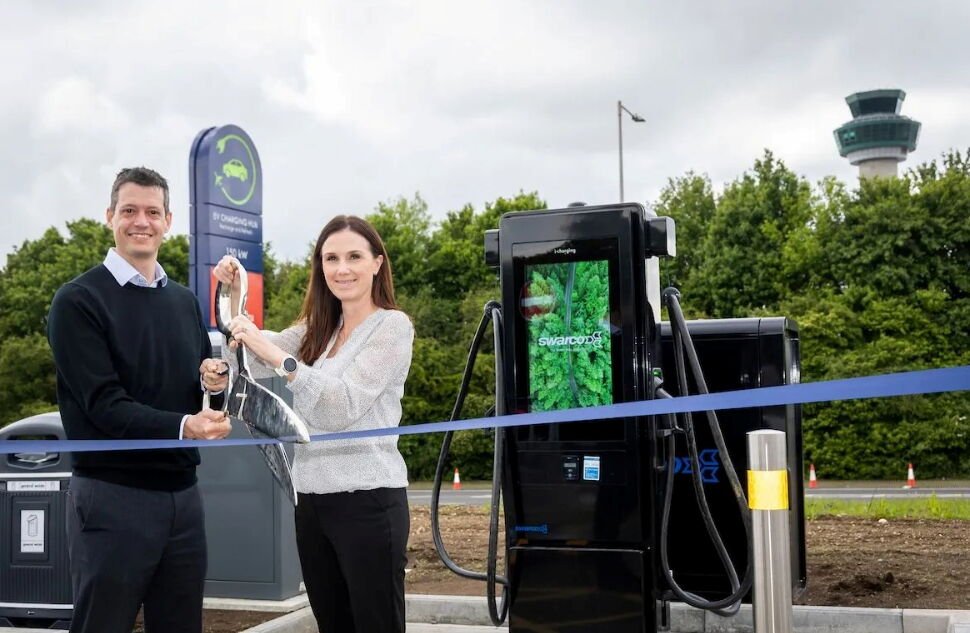
Table 1: EV Charging Infrastructure Growth in Key Regions (2024)
| Region | Number of Charging Stations | Growth in the Last 5 Years |
|---|---|---|
| North America | 50,000+ | 30% |
| Europe | 200,000+ | 40% |
| Asia-Pacific | 150,000+ | 25% |
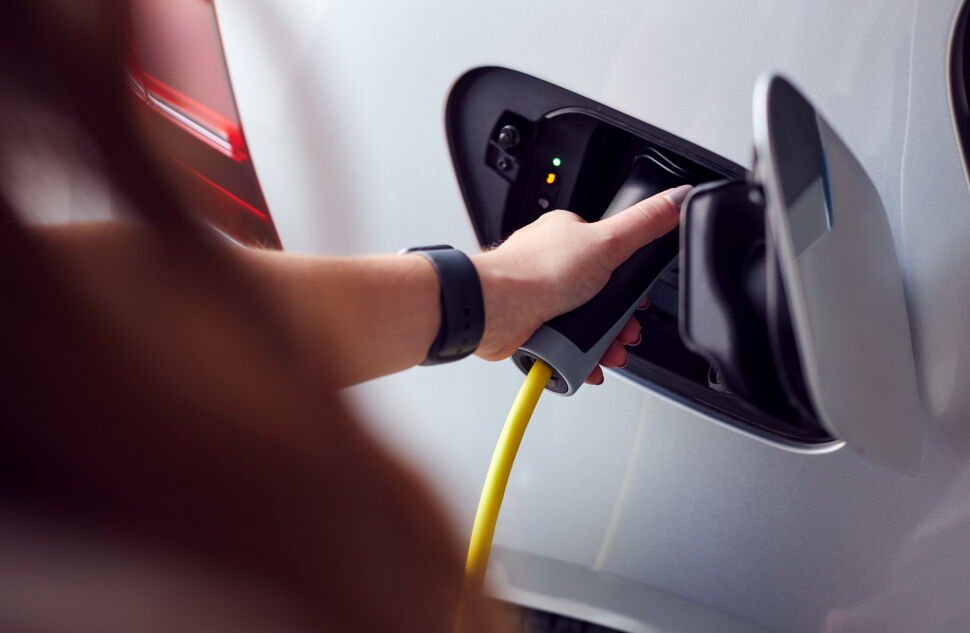
3. The Role of Vehicle-to-Grid (V2G) Technology
One of the most intriguing EV charging innovations is V2G (Vehicle-to-Grid). This technique lets EVs consume and return power to the grid during peak demand. By using automobiles as mobile energy storage units, V2G might stabilise electrical networks, lower energy prices, and optimise renewable energy utilisation.
EV adoption might make V2G systems crucial to smart grid networks, changing energy generation, storage, and distribution.
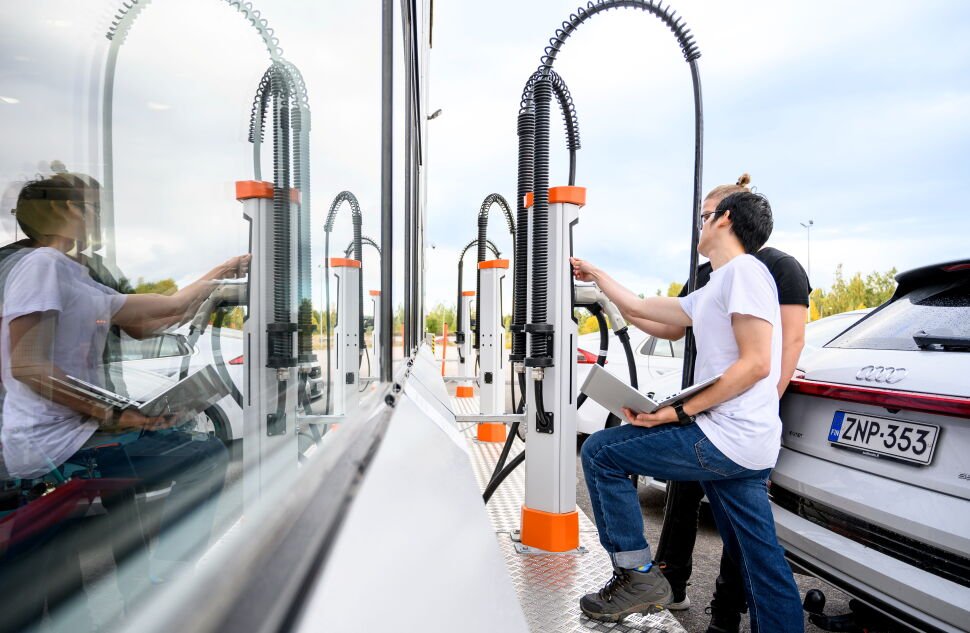
4. Modular Charging: Flexibility for the Future
Modular charging solutions are emerging as a key innovation in the EV infrastructure landscape. Unlike traditional charging stations that require entire systems to be replaced when issues arise, modular chargers offer flexibility. Individual components of the system can be upgraded or repaired, making maintenance and scaling more efficient.
One leading example of modular technology is ChargeTronix. Their distributed designs provide scalable charging solutions, enabling better adaptability for commercial and residential clients alike. This modular approach also aligns with the trend towards sustainability, as it reduces waste and allows chargers to evolve as the market grows.
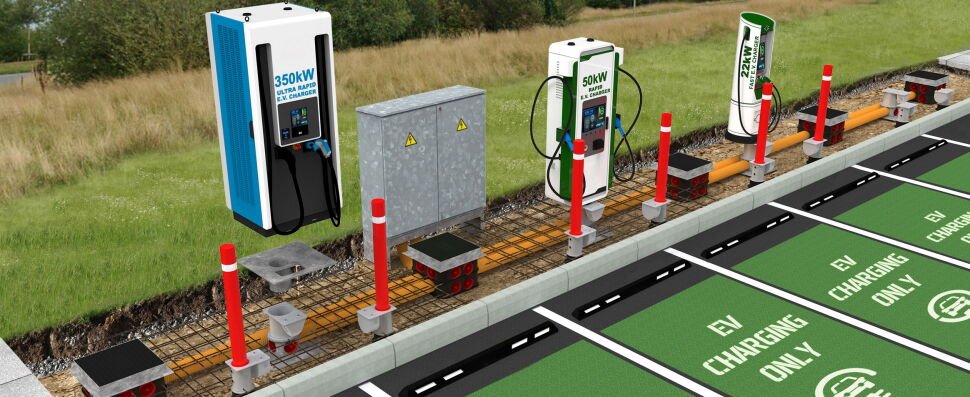
5. Overcoming Challenges: Cost, Accessibility, and Standardization
Charging infrastructure has improved, but installation and maintenance costs persist. Building charging stations in remote or underserved locations is costly and may not yield a good ROI. Government subsidies and incentives are trying to alleviate this, but urban-rural inequities continue.
The absence of common charging procedures and connectors is another issue. Users are typically confused by charging speeds, connectors, and networks. These technologies must be standardised for user convenience and network compatibility.
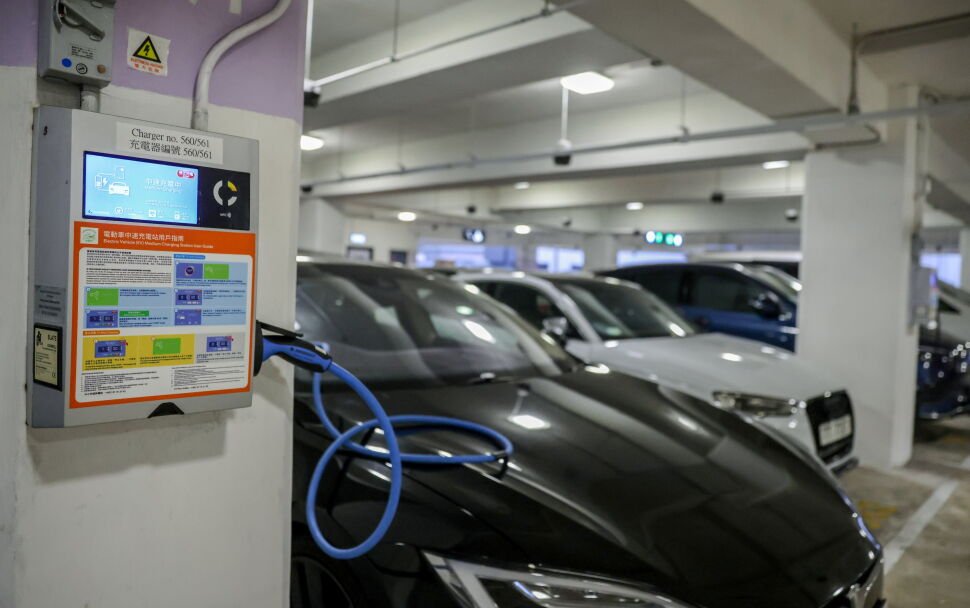
Table 2: Comparison of Charging Standards
| Charging Standard | Charging Speed (kW) | Compatibility | Major Manufacturers |
|---|---|---|---|
| CCS1 | 50 – 350 | Europe, North America | Ford, GM, BMW |
| CHAdeMO | 50 – 100 | Japan, Europe | Nissan, Mitsubishi |
| Tesla Supercharger | 120 – 250 | North America, Europe | Tesla |
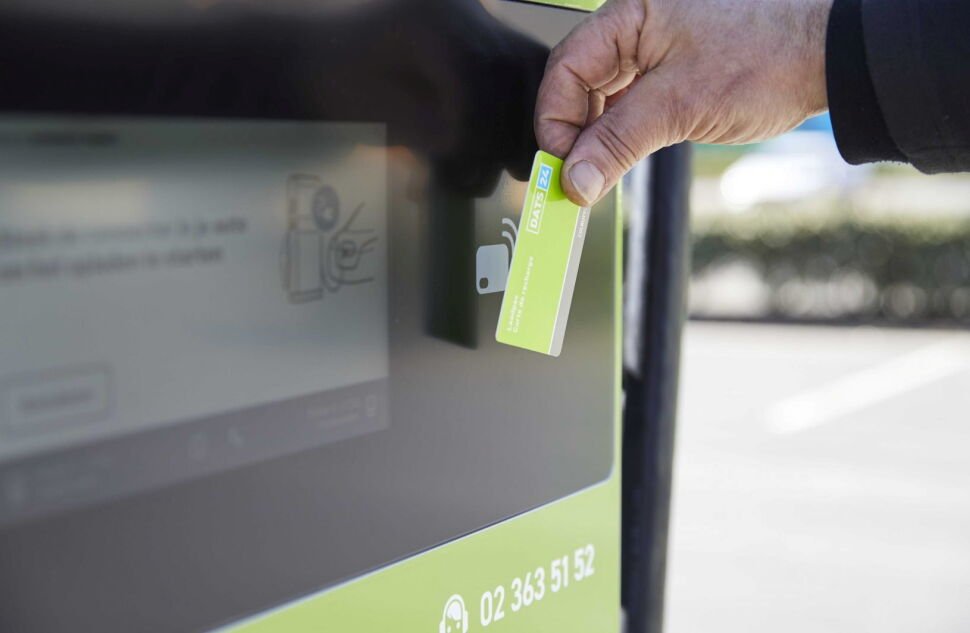
6. Consumer Behavior and the Shift Toward EVs
The emphasis on convenience is changing consumer behaviour quickly. Today’s EV purchasers want rapid, consistent charging that fits their everyday habits. Modern consumers expect quickness and accessibility, unlike early adopters who tolerated lengthy charging times.
Fast charging stations strongly affect buying decisions, according to surveys. Urban EV adoption is rising as charging outlets become increasingly common. However, rising infrastructure and government programs are helping rural regions catch up.
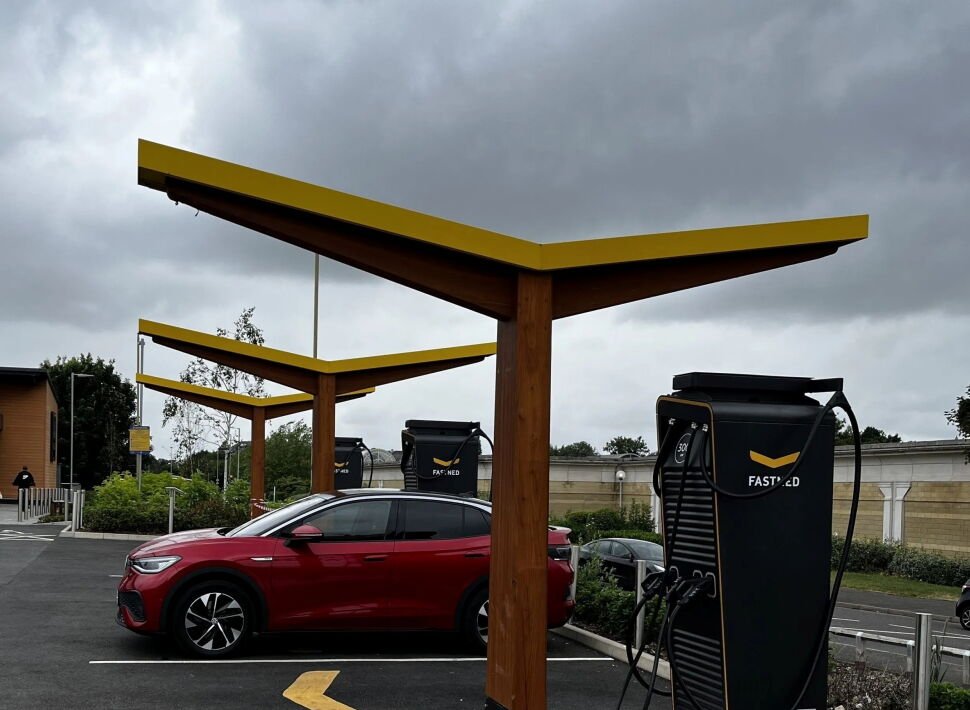
7. The Importance of Policy and Incentives
Government incentives and policies are playing a pivotal role in driving the adoption of electric vehicles. In many countries, tax credits and rebates for EV buyers have made electric cars more accessible to the general public. In the U.S., the Bipartisan Infrastructure Law has allocated billions to build out the national charging network, aiming to provide coverage to 97% of the population by 2030.
Other countries, such as Norway and the Netherlands, have introduced strong regulations and incentives that have accelerated EV adoption. These policies, coupled with infrastructure development, are creating favorable conditions for EVs to thrive.
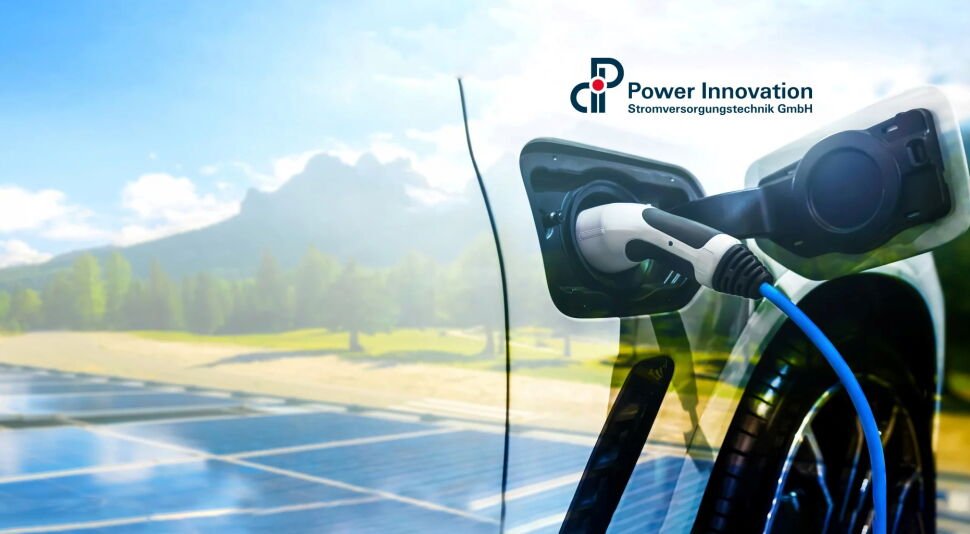
8. Looking Ahead: Innovations on the Horizon
Innovative EV charging technologies are promising for the future. Wireless charging might remove cords, making charging easier. By forecasting demand and directing cars to charging stations, AI and machine learning might optimise energy consumption.
A sustainable, green ecology requires charging systems that use renewable energy. Solar-powered charging stations and battery-integrated chargers may store energy during off-peak hours and release it at peak demand, minimising fossil fuel use.
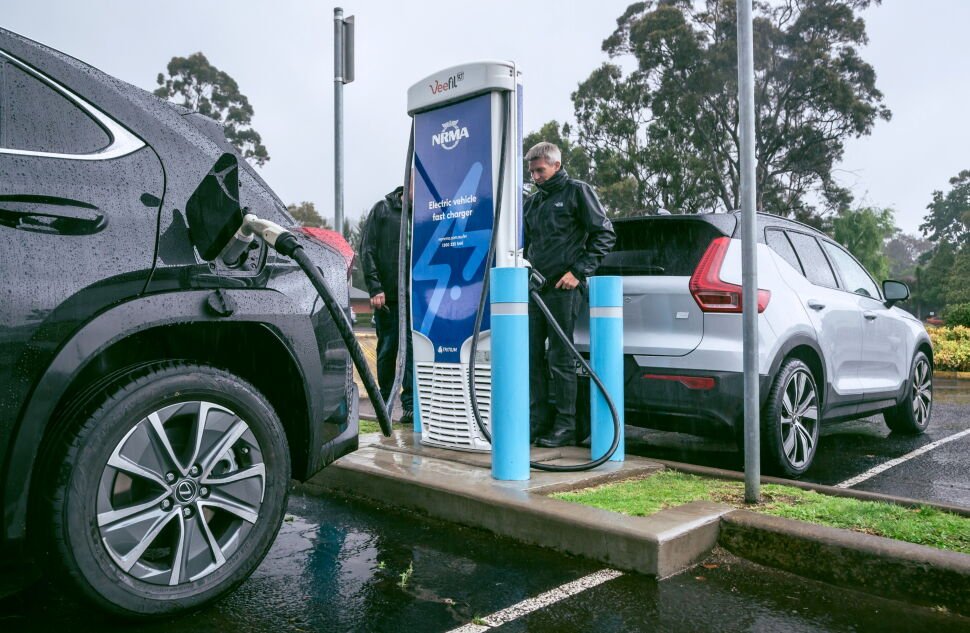
9. Conclusion: Charging Technology as the Backbone of EV Adoption
As the automotive industry continues to embrace electric mobility, charging technology will play a central role in shaping the future. The development of faster, more reliable charging solutions, coupled with expanding infrastructure and innovative technologies, will drive mass adoption of EVs. By overcoming challenges related to cost, accessibility, and standardization, the world is on track to build a greener, more sustainable transportation network.
The collaboration between automakers, governments, and charging network providers will be key to ensuring that the electric revolution remains on course. With consumer demand for convenience and sustainability growing, the future of EV adoption looks brighter than ever.
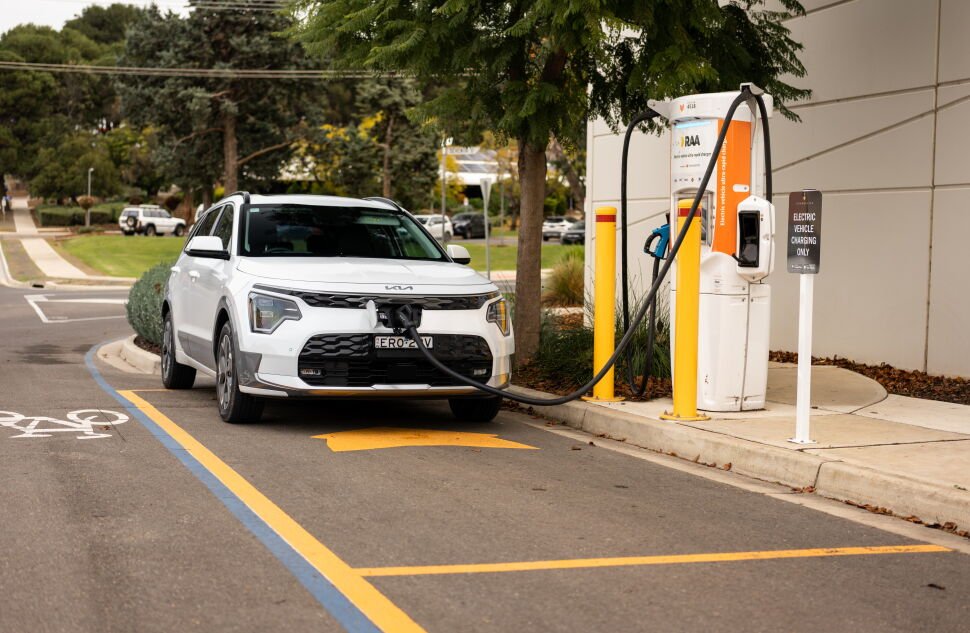
Frequently Asked Questions
What is the role of charging technology in EV adoption?
Charging technology improves the convenience and efficiency of electric vehicles. Faster, more reliable chargers make EVs more practical.
Why is the expansion of charging infrastructure important?
Wider charging network access reduces range anxiety, making it easier for people to switch to EVs, especially on long trips.
How does Vehicle-to-Grid (V2G) technology work?
V2G allows EVs to return electricity to the grid during peak demand, helping balance energy use and stabilize the grid.
What challenges exist in scaling charging infrastructure?
High installation costs, especially in rural areas, and the need for standardization in charging protocols are key obstacles.
Will wireless charging become common in the future?
Wireless charging technology is being developed and could make charging more convenient, eliminating the need for physical connectors.
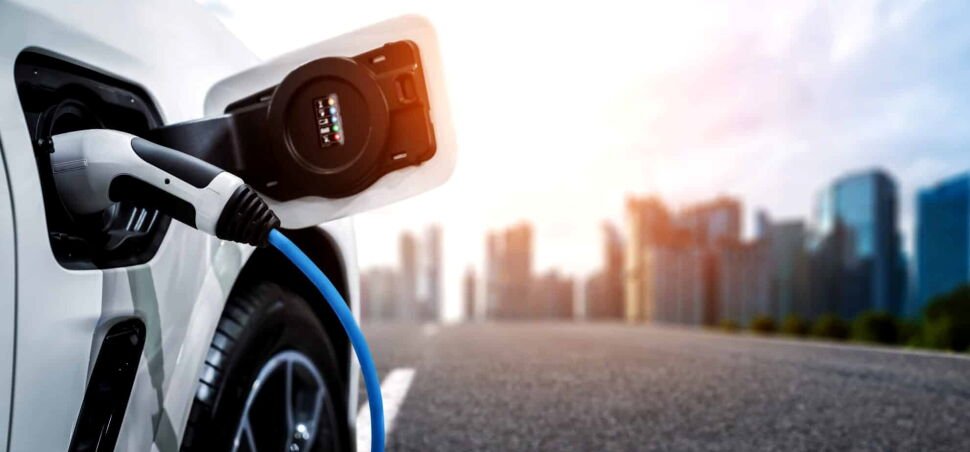






1 comment
Florida is home to several major colleges that offer diverse programs and advanced research opportunities. Institutions like the University of Florida, Florida State University, and the University of South Florida are notable for their academic excellence and vibrant campuses.
Comments are closed.